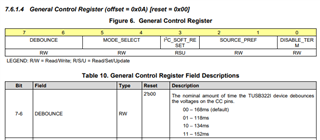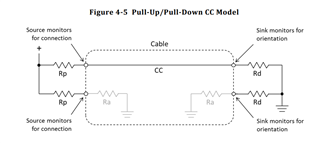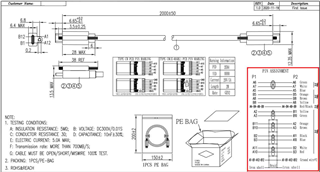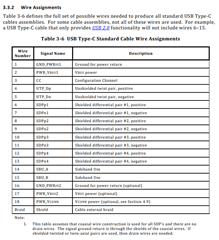Other Parts Discussed in Thread: TUSB1142, TUSB322I
Tool/software:
Hi TI guru,
I am using TUSB321 pair with TUSB1142. We measure the transition time for the DIR pin to toggle with reference to Vbus_Det when flip the Type C cable, it is about 113ms.
Questions:
1. Is this normal? we are thinking this is too long...
2. I can not find the detect to DIR transition time information in datasheet, what is the typical also min and max?
3. Any recommendation to reduce the DIR transition time?
4. Does TUSB321 go through USB compliance test and do not have any waiver ? (except for the USB type-C 1.0 DRP device that mention in the datasheet...)
5. Does TI have any test on the combination for TUSB321 + TUSB1142 ? Is there any know issue/errata/waiver ?
6. Any USB compliance test done for TUSB321 + TUSB1142 combination?
Thanks,
Best regards,
Alder








